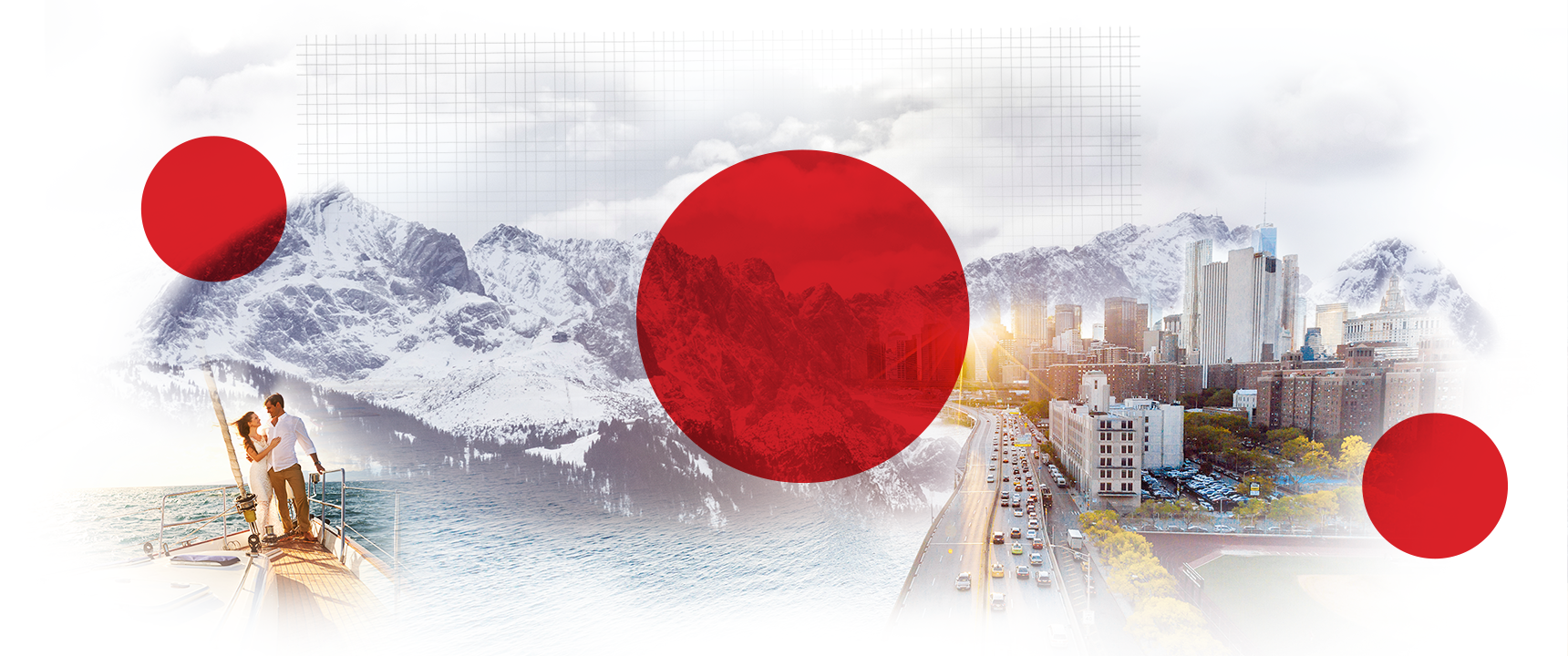On Monday, March 2nd, 2009, the Dow Jones Industrial average fell under 7,000 for the first time since 1997. NPR had assured me of this as I was packing up for the day. Since I rarely concern myself with the stock market, the numerically sound fact struck me as something that surely related to design, but I couldn’t remember what that was. I wrapped a scarf around my neck and headed out, one foot in front of the other trying to reconnect-the-dots in the frigid winter air. As soon as I entered my apartment, I began fervently shuffling through papers in the recycling bin. Whatever complacent connection I was trying to make was in there somewhere.
Earlier that day, I received an email from a well-known stock photography site that announced the sale of photographs for as low as one dollar. This was nothing new—other sites have offered similar prices for a couple of years now. But the email brought a feeling of contempt deep within that I could not, at the time, explain. In my mind, the stock house was devaluing its product. This particular web site offered a better-than-normal selection of stock photographs. You might find a handshake, let’s say, that doesn’t look like most handshakes. After I did a few quick image searches, however, I realized that the site was not selling more images for a cheaper price. Rather, it was cheapening the quality of more of its images, a depressing thought.
Photography is the most egalitarian communicative art form. Anybody with a camera can take a picture. Amateurism is often celebrated and accidents are embraced. Most photographs, especially those of a journalistic or scientific method, contribute to a collection of documents that preserve the world as it has passed. Those with artistic intention add to either a political or social/economic cache. Art as art is political, and fashion reveals class structure, and sometimes art. These categories of photography all formulate another realism, a world which ceases to exist the moment after the shot was taken. Stock photography does not add to this collective, historic otherworld. It can only create a new non-realism, a world that never existed. In terms of photography, stock does not sit well in my stomach.
Moreover, stock images lack context. They lack the element of story that lends a photograph interest. Interest that, without words, gives the image more meaning than the content of the picture. Stock photos don’t have a story to explain—they are shot without a message to deliver, without a goal in mind other than to capture situational guarantees. They have to. The photographer is trying, implicitly or explicitly, to create a generic setting in order for it to appeal to a broad audience. While stock houses have made strides to offer a better selection of images and services, and very detailed keyword searches (is the person looking at or away from the camera), its the lack of specificity, hence connectivity to an idea, that degrades the quality of stock photography. This aids in creating a sterile pool of images to select from.
There are two types of stock sites that exist: expensive and cheap. The former contains a library of images taken by professional photographers. The visual quality—lighting, composition, and content—of these images are usually acceptable or better. The latter contains images taken by amateurs for very cheap, and serve a very useful purpose, the collection of things. These images don’t intend to sell an idea or message, just objects. Footballs, pies, bicycles, perhaps the latest computer monitor that I could then Photoshop the screen of a web page onto. Don’t tell me you have never done that. Each site has, for me, a justifiable purpose. Unfortunately, when a site that values the quality of its products begins to offer cheap images, I sense an omen.
As a designer, I could have been somewhat pleased by the offer. Now I could offer clients better images for cheaper prices. Better than what? The answer is, better than the next best. This does not raise the bar for photographic standards, it lowers it. At the very least, it offers more of the same. In turn, stock photographs will continue to act as a graphic designer’s crutch. By offering a selection of circumstantial settings, they aid in the process of non-problem solving. They often answer a need—for something visual—but not an answer to a question. Sterile, generic pictures cannot offer a valid solution to a problem. In this sense, stock images enable designers to rely on non-critical output that is devoid of original communication. How unthoughtful.
Finally, at the bottom of the recycling bin I came to what I was searching for—an envelope. As it turned out, it was from the same stock photography house that had sent me the email earlier that day. The economic downturn was obviously working in the favor of drastic change. For them, it offered the opportunity to increase marketing for poor stock photography. A cheap change, you might say. And there sat the evidence—a stock image-heavy layout with a message with which I could, ironically, completely agree. On the outside of the over-sized 10″ x 13″ envelope stood the clever and situational-sensitive title, “A Brand New Low.” I couldn’t help but think that, hey, eventually the prices will go up. Unlike the Dow Jones, however, the value of these stocks can never appreciate.

